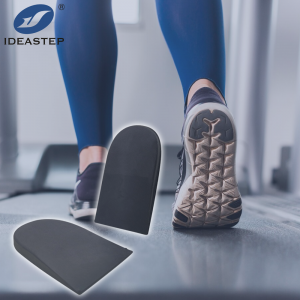
Raising the heels, whether through footwear or specific exercises, is a practice that has gained attention in various contexts, from fashion to fitness. Understanding the benefits of this practice can shed light on its potential advantages for different individuals.
- Improved Posture: Elevating the heels can help align the spine, pelvis, and shoulders, promoting better posture. This is particularly beneficial for individuals who spend long hours standing or sitting, as it can relieve pressure on the lower back and reduce discomfort.
- Enhanced Ankle Mobility: Raising the heels, such as in heeled shoes or during certain exercises, can improve ankle mobility and flexibility. This is especially advantageous for athletes and dancers who require a wide range of motion in their ankle joints for optimal performance.
- Calf Muscle Engagement: When the heels are elevated, the calf muscles are engaged to a greater extent. This can contribute to strengthening and toning the calves, which is beneficial for individuals looking to improve lower leg strength and aesthetics.
- Alleviation of Achilles Tendon Tightness: Raising the heels can temporarily relieve tightness in the Achilles tendon, providing a sense of relief for individuals experiencing discomfort in this area.
- Performance Enhancement: In certain sports and activities, such as weightlifting and squatting, elevated heels can improve stability and form by allowing for a more upright torso position and deeper squat depth.
- Balance and Proprioception: Some individuals may find that raised heels improve their balance and proprioception, especially in activities that require shifting weight and maintaining stability, such as yoga or Pilates.
It’s important to note that while there are potential benefits to raising the heels, individuals should also be mindful of potential drawbacks, such as increased pressure on the forefoot and potential strain on the lower back with prolonged use.
Expand more related content: Heel pads.
